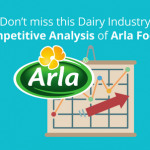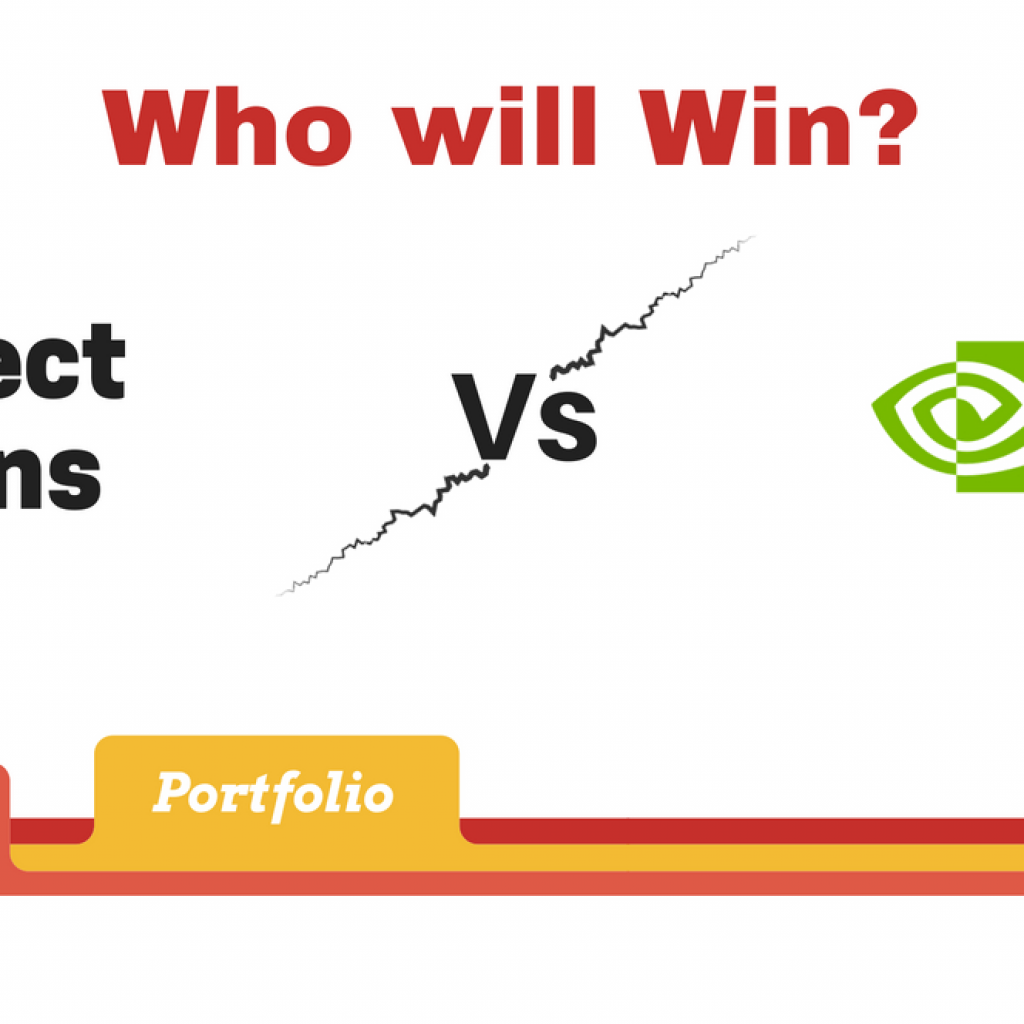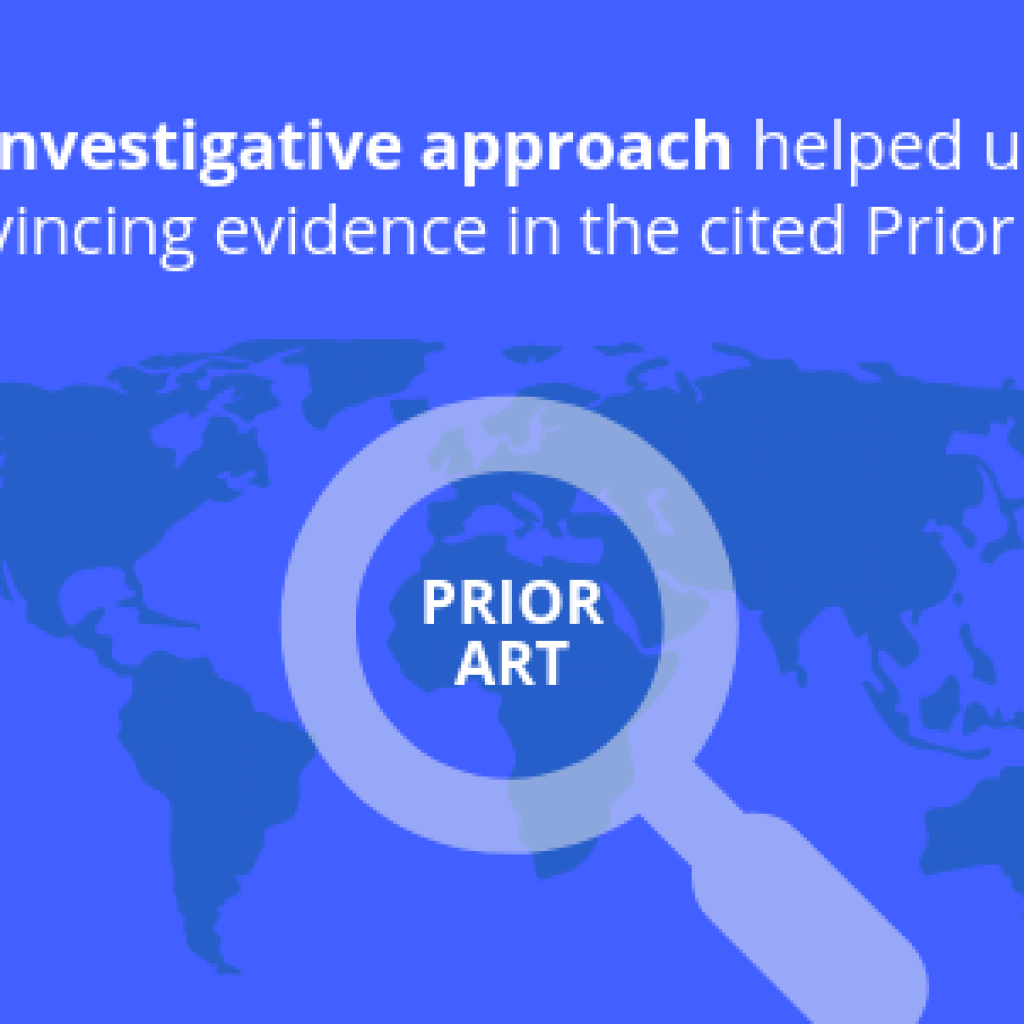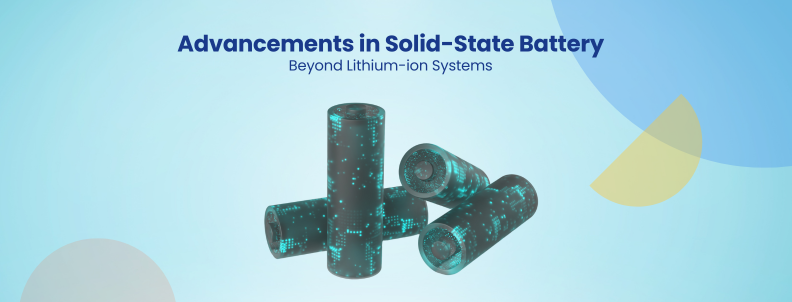The dairy industry has long been associated with high greenhouse gas (GHG) emissions. However, as sustainability becomes a key focus for governments and consumers become more conscious about their choices, the dairy industry is actively working to reduce its carbon footprint and regain consumer trust.
This article explores how dairy companies combat GHG emissions and some of the notable developments they’ve achieved thus far.
What are the industry players focussing on?
Innovations to Reduce Farm Emissions
With the highest emissions coming from cows digesting feed (41%), both dairy and animal feed companies are actively innovating to tackle this situation.
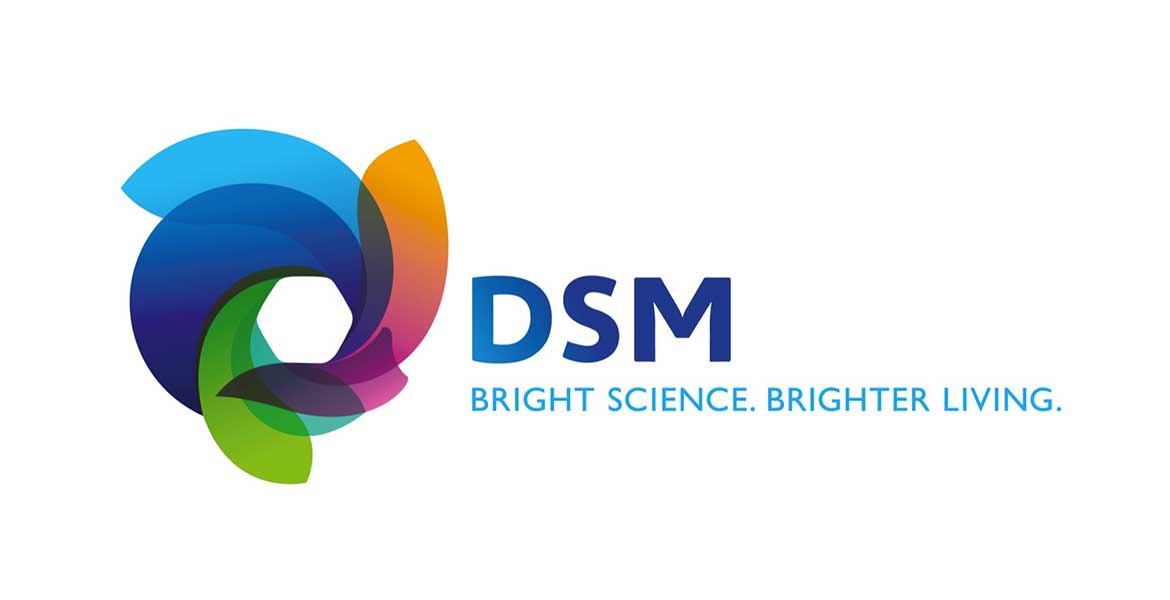
DSM claims that their patented (US11191288B2) feed additive called Bovaer effectively reduces methane emissions by 30% in dairy cows and 45% in beef cattle. Several dairy companies, such as Arla, Friesland, Valio, Fonterra, and Lactalis, have already tested their solution.
Meanwhile, the Government of New Zealand has collaborated with the Pastoral Greenhouse Gas Research Consortium to develop a long-term solution: a vaccine to decrease methane emissions from ruminant livestock.
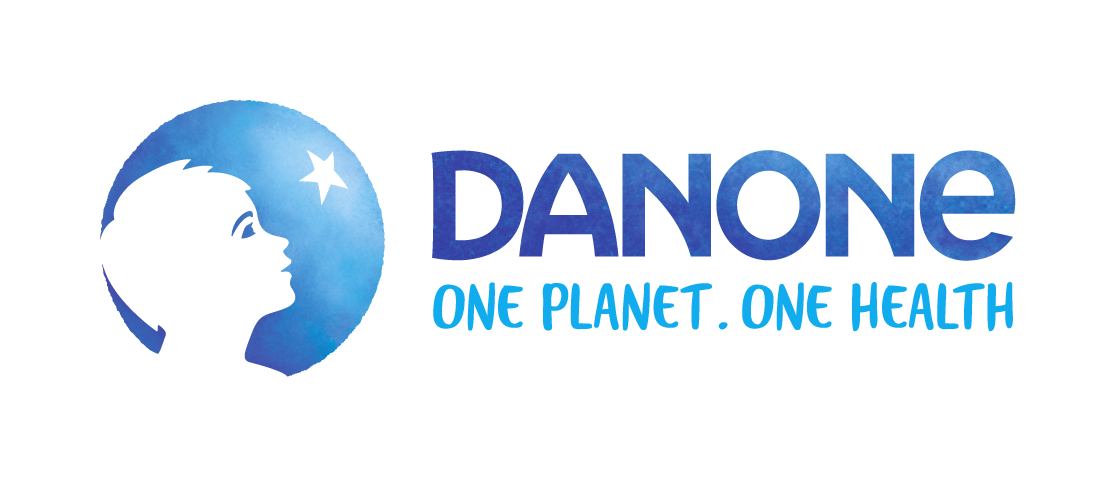
Even industry giants like Danone are partnering with multiple startups to reduce their farm emissions. Curious to know who these startups are and which breakthrough technology caught Danone’s eyes?
Find the answers in our Dairy Trend Report.
Fill out the form below and get your copy today!
Adopting Alternative Energy Options
Dairy companies are actively exploring various energy options for transportation and processing. One widely adopted alternative fuel is biogas. Friesland, Arla, and Fonterra have already incorporated and invested in biogas technologies.
In 2022, Valio and energy company St1 announced their joint venture, Suomen Lantakaasu, with plans to construct Finland’s largest biogas plant complex.
Additionally, dairy companies are embracing fossil-free logistics by incorporating electric vehicles (EVs). Fonterra, for instance, conducted a trial using an electric milk tanker in rural regions in 2022. Arla has also signed a long-term agreement with Eurowind Energy, aiming to deliver renewable energy to Danish farms and production hubs by 2025, contributing to electrification efforts.
Energy Efficient Processing
To enhance energy efficiency, dairy companies are embracing new technologies and integrating heat optimization strategies.

For example, the Lactalis group is actively working on energy efficiency by modifying its processing operations, including installing thermocompressors. These devices are used to increase the pressure of low-pressure steam for reuse.
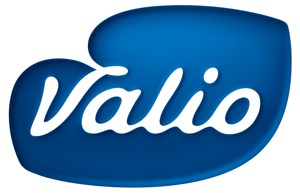
Valio has implemented a flue gas recovery system at their largest factory in Laphinlati, resulting in a reduction of heat consumption by 20,000 MWh per year.
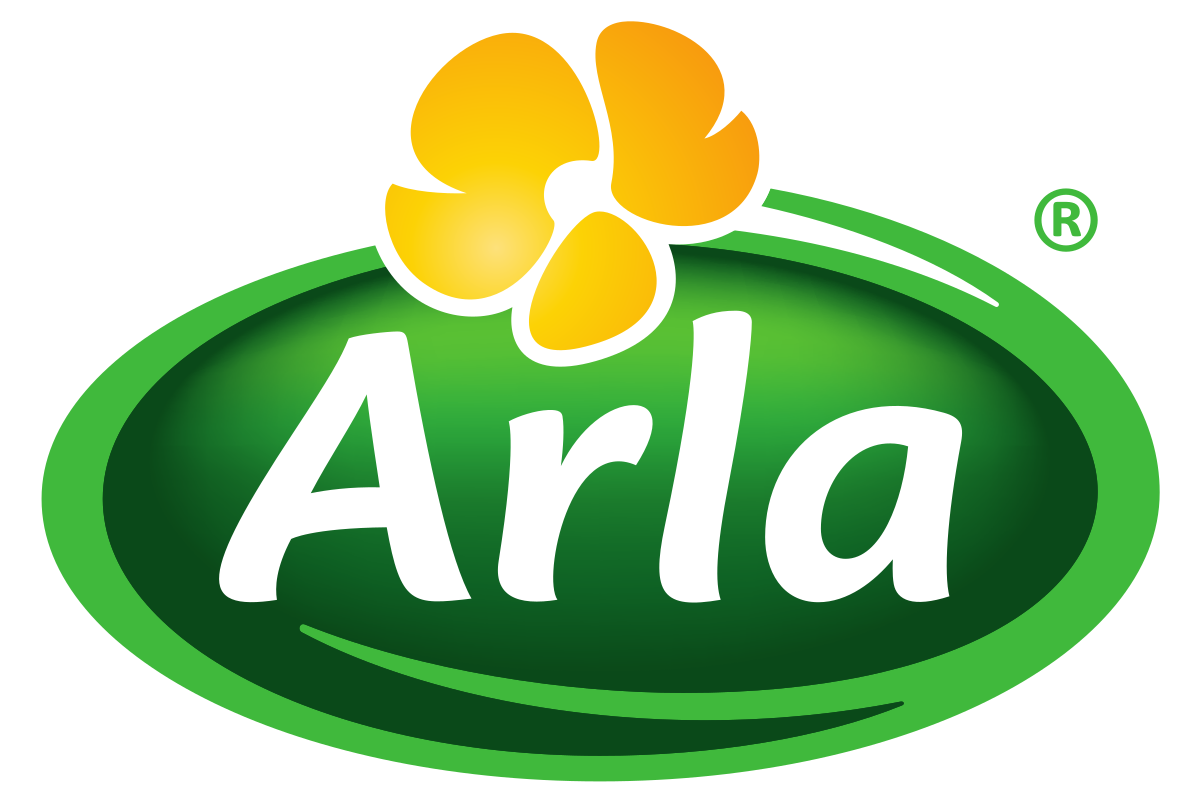

Similarly, Arla Foods has formed a partnership with Grundfos, a specialist in water and pump solutions. Within this collaboration, Grundfos will assess Arla’s dairy processing sites to assist them in improving their energy and water efficiency goals.

Further, in 2023, Arla joined forces with Lyras, a UV pasteurization company, to implement UV technology for pasteurizing dairy products and juices. Their technology has the potential to achieve a significant reduction of 60-90% in energy consumption and a 60-80% reduction in water usage.
Conclusion
The dairy industry has witnessed a remarkable surge in innovations and partnerships in recent years. With the growing pressure to prioritize sustainability, various stakeholders are investing in research and development to meet evolving needs.
As the industry recognizes and addresses sustainability practices, we expect this trend to continue.
Authored by – Harleen, Vanshika, and Nidhi, Patent Analytics
Edited by – Ridhima, Marketing
Also Read: A Closer Look at 8 Transformational Dairy Industry Innovation Trends in 2024


